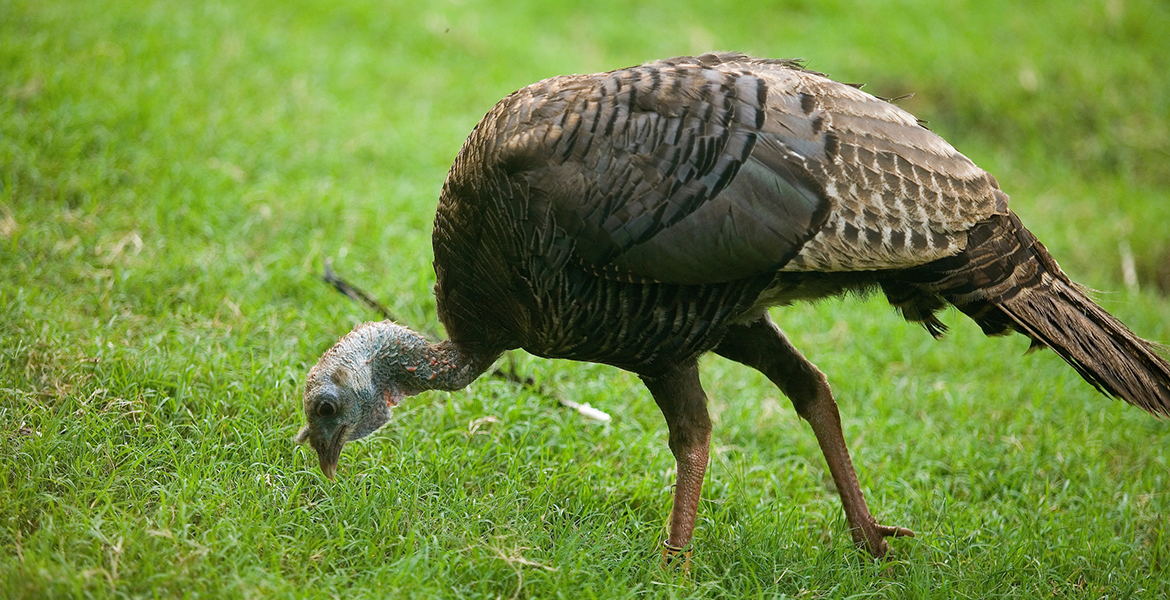
App helps researchers learn about gamebird reproduction
Thursday, May 7, 2020
Wildlife biologists in Oklahoma have some new insights into the annual reproduction of gamebirds, thanks to a smartphone app that was developed last year.
Oklahoma State University wildlife specialists, along with experts from the Oklahoma Department of Wildlife Conservation, created the Gamebird Brood Observation app to help gain a better understanding of gamebird reproduction, said Dwayne Elmore, OSU Extension wildlife specialist and Bollenbach Chair in the university’s Department of Natural Resource Ecology and Management.
“The information gathered over the past year was from users in 34 counties across the state,” Elmore said. “We had a total of 136 observations, most of which were for wild turkey and northern bobwhite. There were a few reports for ring-necked pheasant, scaled quail and prairie chickens, as well.”
Bobwhite nesting in Oklahoma is highly variable from year to year. Although the birds normally nest between late May through mid-July, Elmore said that period can stretch from April through October. He also indicated the best production years are those with an early start and steady production into fall. Booms are characterized by above-normal rainfall and stable weather through the summer.
“Extreme heavy rainfall or temperature events aren’t ideal for bobwhite production,” he said. “Through the data collected last year we learned the first recorded bobwhite brood was May 29, with very few broods recorded until late June. Most were reported in August and September. The late hatches coincided with extreme rainfall Oklahoma experienced early in the summer.”
Elmore said the birds likely delayed nesting until after the rainfall and temperatures stabilized. Because of that, hunters reported only moderate numbers of bobwhite last fall.
Similar to the bobwhite, wild turkey production was limited during the early summer months. They typically nest during April and early May in Oklahoma, with peak hatching taking place in late May most years.
“Again, the excessive rainfall we had during early summer 2019 likely caused nest abandonment, nest loss and incubation delays for most of the state,” he said. “We actually had only two wild turkey broods reported in May 2019. However, observations began to be reported consistently into mid- to late-June and reports of young poults were still being reported in early September.”
Overall, Elmore said 2019 was a poor year for wild turkey production in Oklahoma, and hunters have seen fewer turkey in most areas of the state so far in 2020.
The app is free to download through app store portals under keywords “gamebird observation” and can be used with both iPhone and android platforms. Hunting results are summarized regionally and not made public in a way that would increase hunting pressure to specific locations.
“We’d like to thank everyone who downloaded and used the app in its inaugural year. We’re hoping even more people will download and use it during 2020,” Elmore said. “This type of information is so valuable and helps the wildlife department be able to deliver more reliable hunting forecasts.”
MEDIA CONTACT: Trisha Gedon | Agricultural Communications Services | 405-744-3625 | trisha.gedon@okstate.edu
